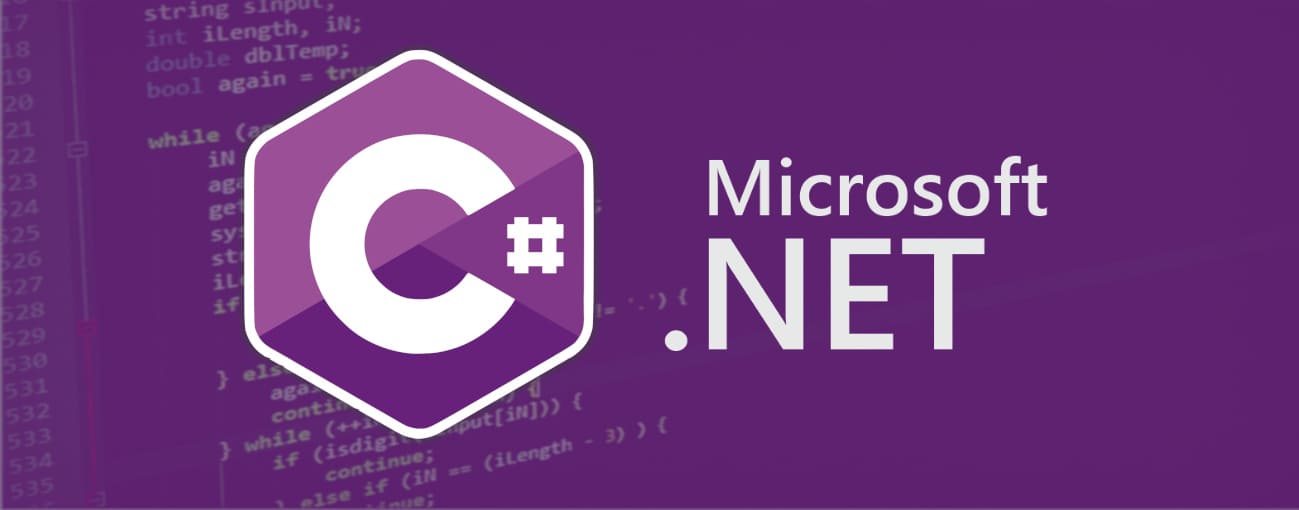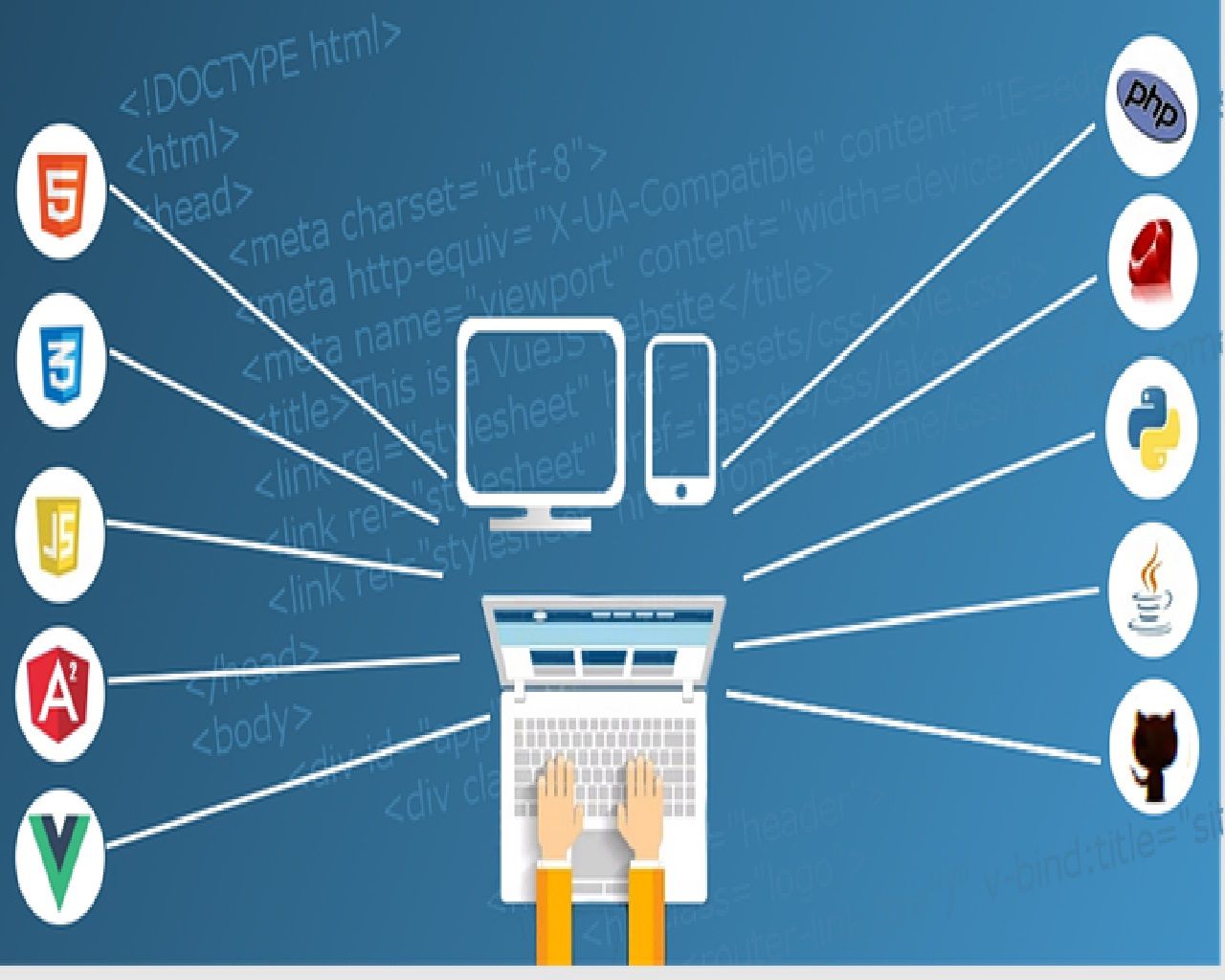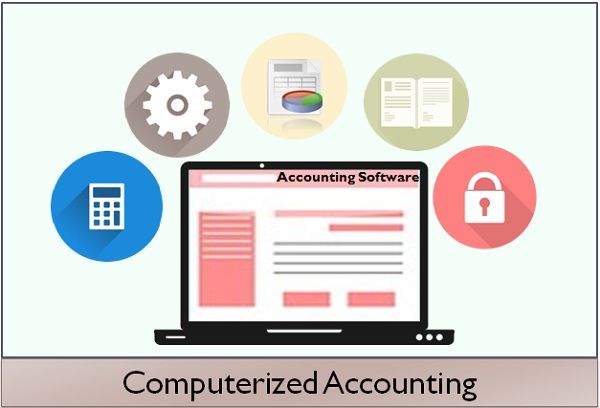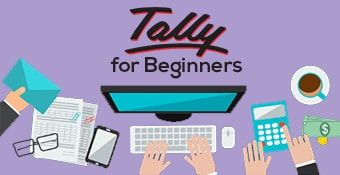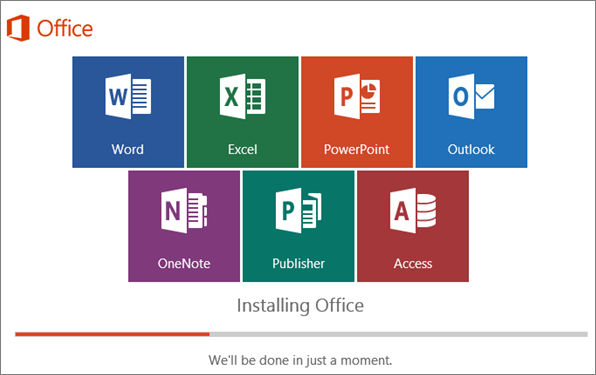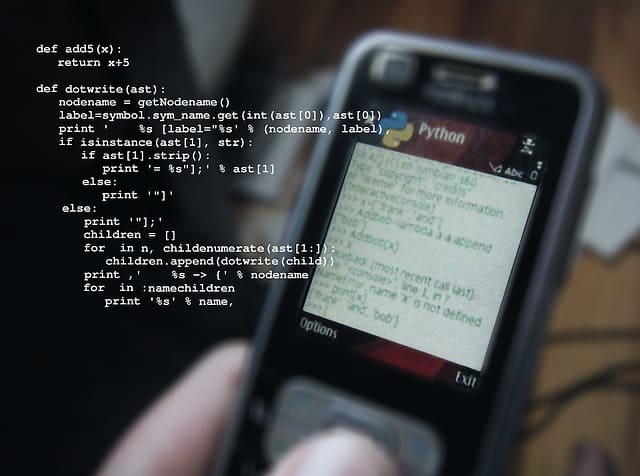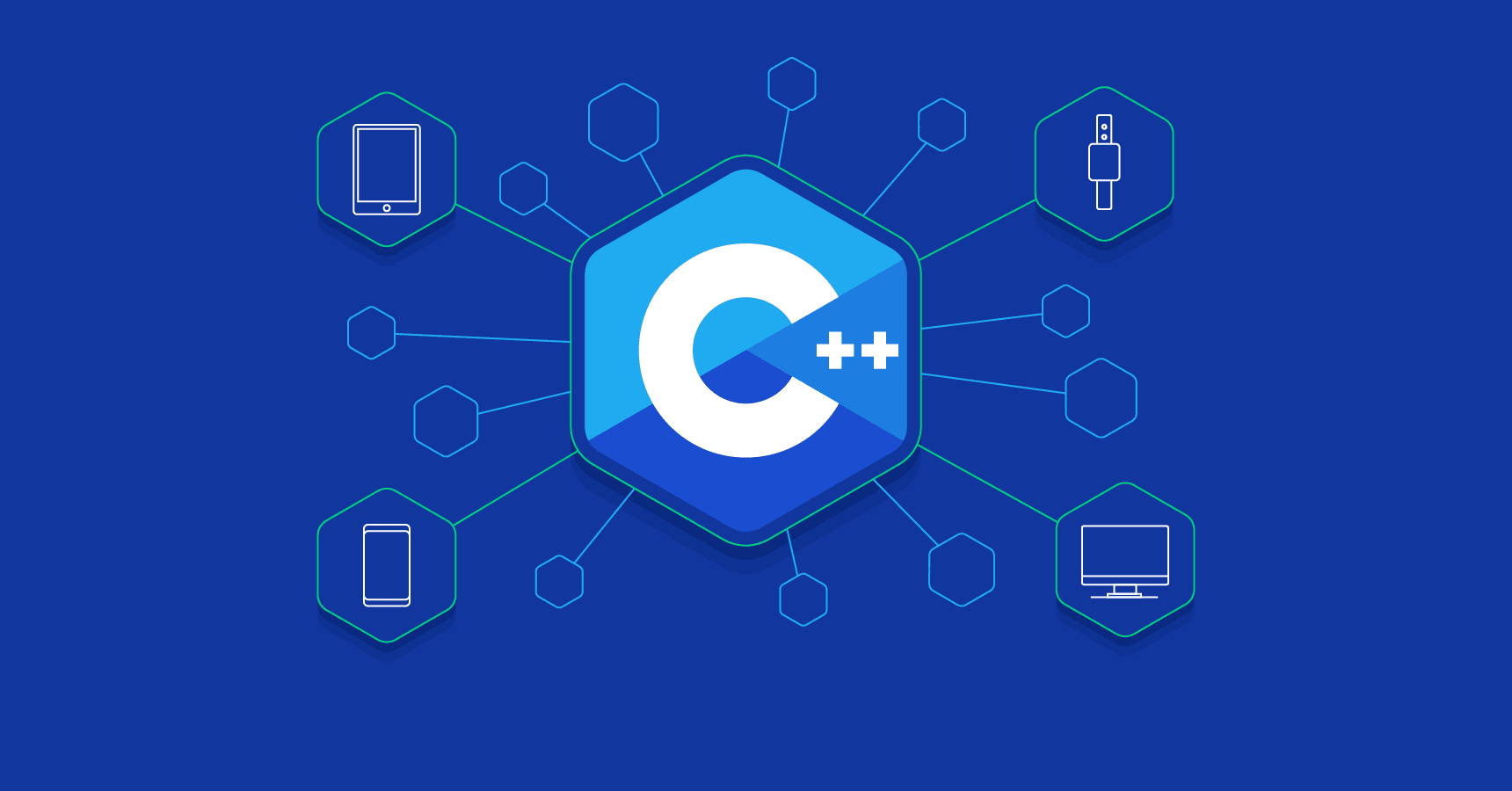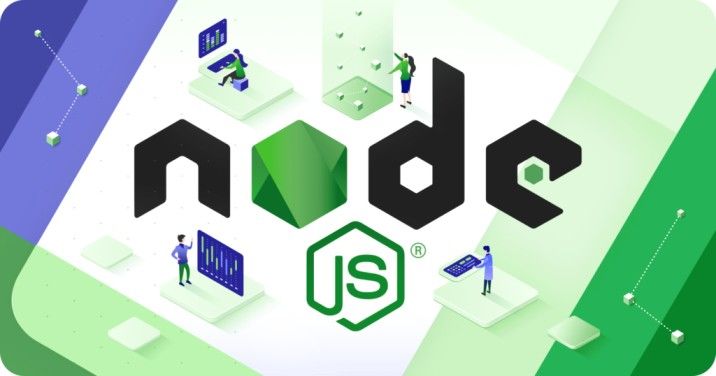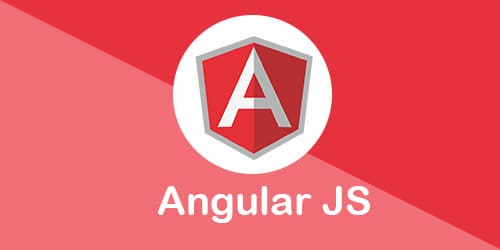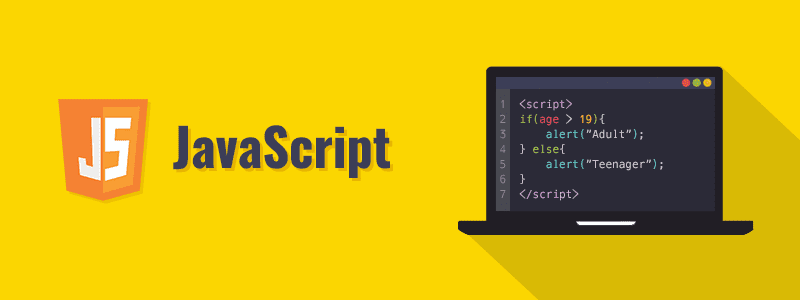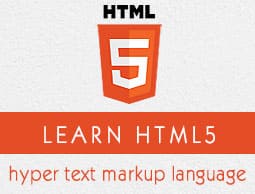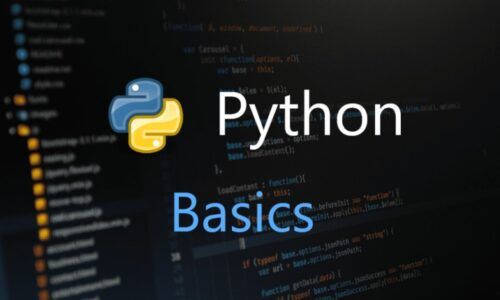What’s Included
1 project file
11 chapter quizzes
Access on tablet and phone
Certificate of completion
Course Description
Learn the basics of Java programming language, including syntax, data types, variables, operators, and control flow statements.Understand key OOP concepts such as classes, objects, inheritance, polymorphism, and encapsulation, essential for building robust and modular Java applications.Explore the Java Standard Library (Java API) and its core packages for performing common tasks such as input/output (I/O), string manipulation, collections, and exception handling.
Covers the basics and importance of C programming, including its history and widespread use.
Covers the basics and importance of C programming, including its history and widespread use.
Covers the basics and importance of C programming, including its history and widespread use.
Covers the basics and importance of C programming, including its history and widespread use.
Curriculum
Module 1: Introduction to Python
- Overview of Python
- Python Interpreter
- features of python
- why python
- Basic Syntax
Module 2: Tokens in python
- Definition of identifiers in programming languages.
- Explanation of their role in uniquely identifying variables, functions, and other entities.
- Explanation of keywords as reserved words with special meanings in a programming language.
- How indentation is used to define code blocks instead of explicit braces.
- Discussion on the ASCII and Unicode character encoding.
Module 3: Identifier rules Mode of python Formatted Input /output
- Discussion on the rules and conventions for naming identifiers.
- Users interact with Python prompt directly
- Reads user input from the console.
Module 4: Datatypes
- Definition and usage of integers.
- Explanation of floating-point numbers.
- Definition of strings as sequences of characters.
- String manipulation, indexing, and slicing.
- Introduction to boolean values: True and False.
- Definition of tuples as ordered, immutable sequences.
- Understanding the concept of unique elements in a set.
- Set applications in data analysis and processing.
Module 5: Operators
- Performing addition and subtraction operations on numeric elements in a list.
- Overview of bitwise operators (&, |, ^, ~, <>) in Python.
- Overview of how they test for the presence or absence of a value in a sequence.
- Definition of operator precedence in Python.
Module 6: Conditional Statement
- Introduction to Conditional Statements
- Definition of nested if statements in Python.
- Ternary operator/short hand if else
Module 7: Looping Statements
- Understanding how the loop’s condition is evaluated.
- Introduction to Range
- Definition and purpose of the break statement in Python.
- Understanding the structure and indentation for nesting.
Module 8: Strings
- Creating a String
- Extract string element
- String Property
- String Methods
- String practice set question
Module 9: Functions
- Introduction to Functions
- User define functions
- inbuilt functions
- function definitions
- function calling
- Type of functions
- positional arguments/required arg
- default arguments
- keyword arguments
- arbitrary positional arguments
- arbitrary keyword arguments
- Functions as first class value
- Lamda function
- Higher order function
- map
- filter
- reduce
Module 10: Swing
- Overview of Java Swing as a GUI toolkit.
- Introduction to Swing’s features and capabilities.
- Highlights of Swing’s advantages in GUI development.
- Understanding the lifecycle phases of a Java applet.
- JLabel Methods, Constructor, Constants.
- JTextFields Methods, Constructor, Constants.
- Understanding the lifecycle phases of a Java applet.
- JTextArea Methods, Constructor, Constants.
- Introduction to JPasswordField.
- Introduction to JScrollBar
- Overview of JProgressBar as a Swing component for visualizing progress.
- Overview of JSlider as a Swing component for selecting a value from a range.
Module 11: list
- Understanding the concept of order in list elements.
- Understanding List Characteristics
Module 12: Tuple
- Creating a tuple
- Accessing elements from tuple
- Updating tuple
- Membership
- Tuple functions
- Practical related questions
Module 13: Modules
- Creating a module
- Importing a module
- Importing multiple modules
- Alias/alias while importing multiple modules
- Importing single or specific element from module
- Alias while importing single element
- Importing a module from another directory Dir()
Module 14: Packages
- Package Structure
- Directory Hierarchy
- Importing from a Package
- Using __init__.py
- Subpackages
- Hierarchical Structure
- practice set questions
Module 15: File handling
- Create a new file
- Overwrite an existing one for writing
- Creating, updating, and analyzing log files aids in monitoring system activities
Module 16: Exception handling
- Understanding the need for handling exceptions in a program
- Creating custom exceptions to handle specific situations.
- Handling exceptions in concurrent and asynchronous programming.














